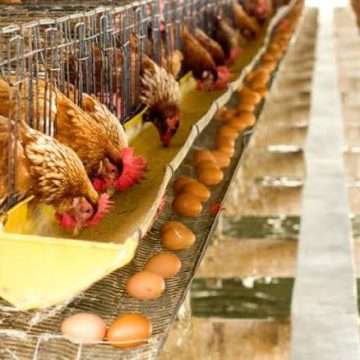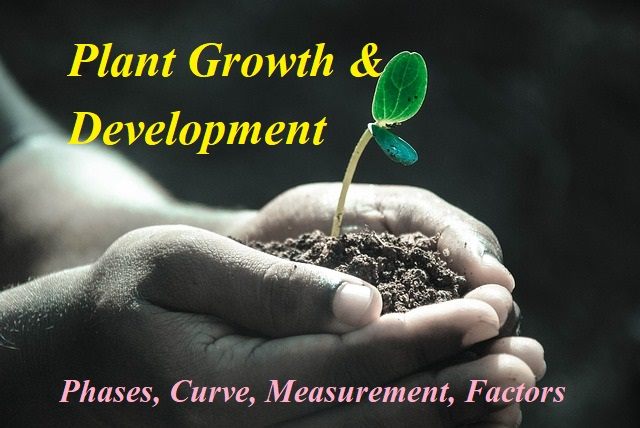Plant Growth and Development
From preschool, children are taught to observe and learn plant growth and development.
Even though we were not mature while in kindergarten, we’ve already learned the plant life cycle and the stages of plant growth.
Even in grade 2 and 3, the explanation of the 4 basic stages of plant growth and development are only broadened and detailed.
What is Plant Growth?
Plants grow from seeds to seedlings and these, in turn, grow into mature plants.
A germinating seed grows by the lengthening of its radicle and plumule.
Both the root and stem apices of a plant can be divided into the region of cell division, followed by the region of cell elongation and the region of cell maturation.
The region of cell division is also known as the apical meristem. It consists of meristematic cells, that is, cells capable of active division.
These cells have dense protoplasm, no vacuoles, and thin cell walls.
In the region of cell elongation, the cells become enlarged to their maximum size by the stretching of their walls.
This is done by the absorption of water and the incorporation of cellulose material between that already existing in the cell walls.
Vacuoles also begin to form in the protoplasm. The cells in the region of maturation have attained their permanent size.
Usually, a large vacuole is present in the center of each cell and the cell wall has become thickened. These mature cells usually become specialized to carry out certain functions.
Stages of Plant growth and development
There are 4 major stages of plant growth and development – Seed, germination and growth, reproduction, seed spreading-and-plant-death.
Without saying each of these stages is broad, you’ll agree that there are more than 4 stages, hence, the different stages identified by many scholars.
Some believe there are 5 stages, or 6, and some others, 8 stages of plant growth or life cycle.
The life cycle of a plant can also be broken down into seed, germination, growth, reproduction, pollination, flowering, fruiting, seed dispersal, and plant death.
The Rate of Growth in Plants
The rate of growth of a plant is usually studied by measuring the rate of increase in length or height of the shoot or root of such a plant.
Such measurements show that the rate of growth of a plant varies with its age.
Also, young plants grow faster than older ones, as applicable to animals.
The growth of a plant is slow at first but increases gradually until it reaches a certain maximum after which the growth slows down again.
Grand period of growth
These three phases of growth constitute what is known as the grand period of growth.
A graph of the height of a growing pant plotted against time gives an S-shaped curve known as a sigmoid curve.
This curve shows that growth starts slowly, then accelerates, and finally, near the end of the curve, there is a deceleration in growth. Since the sigmoid curve depicts all three phases of growth.
An annual plant shows a typical sigmoid curve while a perennial shows a continuous series of sigmoid curves.
Each cell passes through this cycle of changes, and since all the cells that lie at the same level undergo the cycle at the same time, it may be said that the entire shoot and root undergo this grand period of growth.
Factors influencing Plant Growth and Development
The rate of growth of plants can be influenced by any factors which we’ll cover in detail in our next publication.
The mother plant’s genetic make-up is important, the viability of the seed, the roles of hormones in the plant, for example, cytokinin, the effect of light and photosynthesis, soil nutrients, soil microbe population, the effect of pests and diseases, and insecticide treatment.








